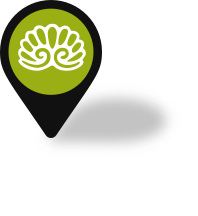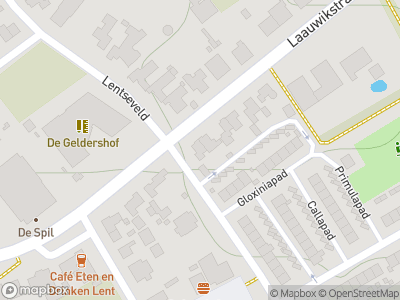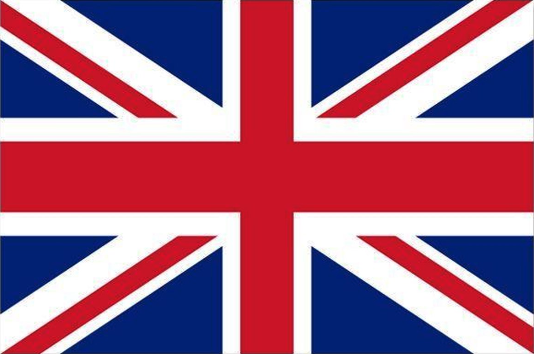The Germans decided to blow up the dike at Driel only just after the inhabitants of the Betuwe had been evacuated because of the ceaseless fighting. The cold river water flowed ferociously into the polder.
Water
Surrounded by water, the inhabitants that were left behind looked after their cattle as well as they could. As there were no women and children left in the area officially, it soon became known as ‘Men’s Island’
Betuwe
The fighting moved to the Betuwe once the British/American troops had managed to cross the River Waal. On 21st September 1944, the British troops tried to reach Elst but failed. The fighting over the next few day was heavy, and even though Elst was eventually liberated, the Allies failed to break through the enemy lines in Arnhem and were unable to reach the Rhine. Operation Market Garden had failed. In the first half of October, the Allies drove the German troops into the eastern part of the Betuwe, back to the Rhine. For the people of the Betuwe, it was a dangerous and miserable time. They were often shot at, as were their cattle. People were forced to flee, taking everything they could carry. If they could, they would even take their cattle with them. Resistance in the Betuwe and the ‘Witte Huis’ (white house) in Lent played an important role in evacuating the cattle from this region of The Netherlands. Then in December 1944, the region received one final, devastating blow: the Germans they cut the dikes.
“













